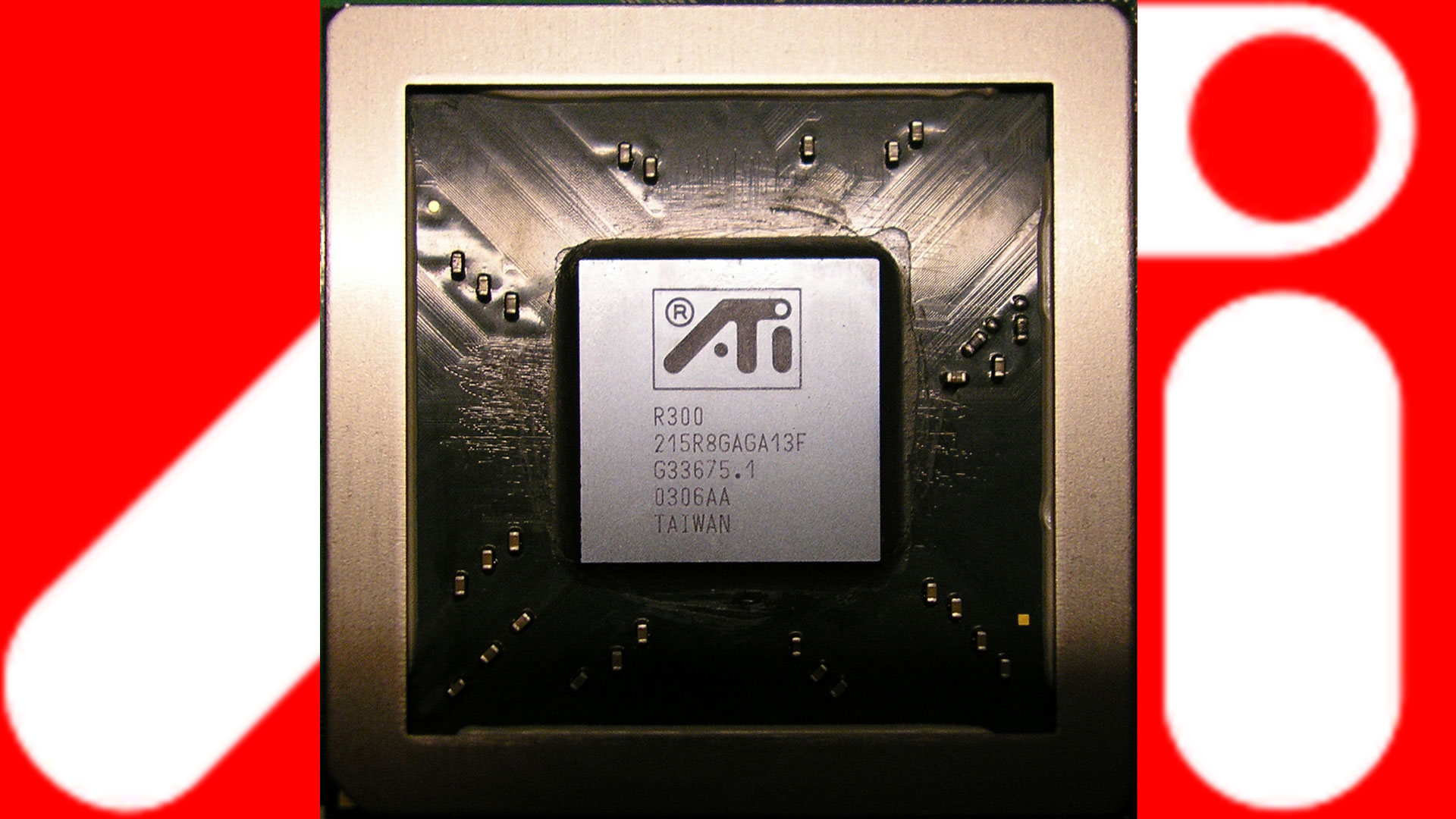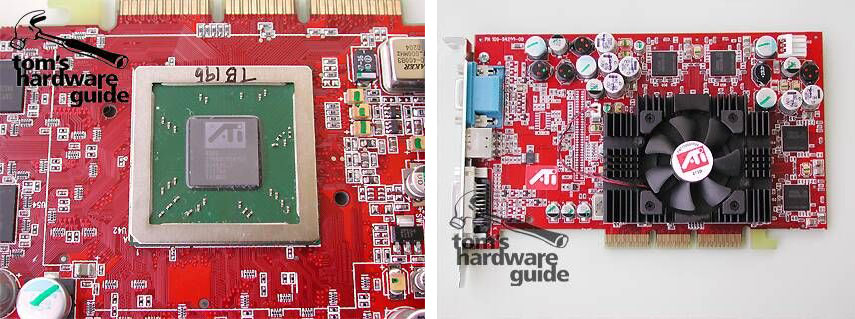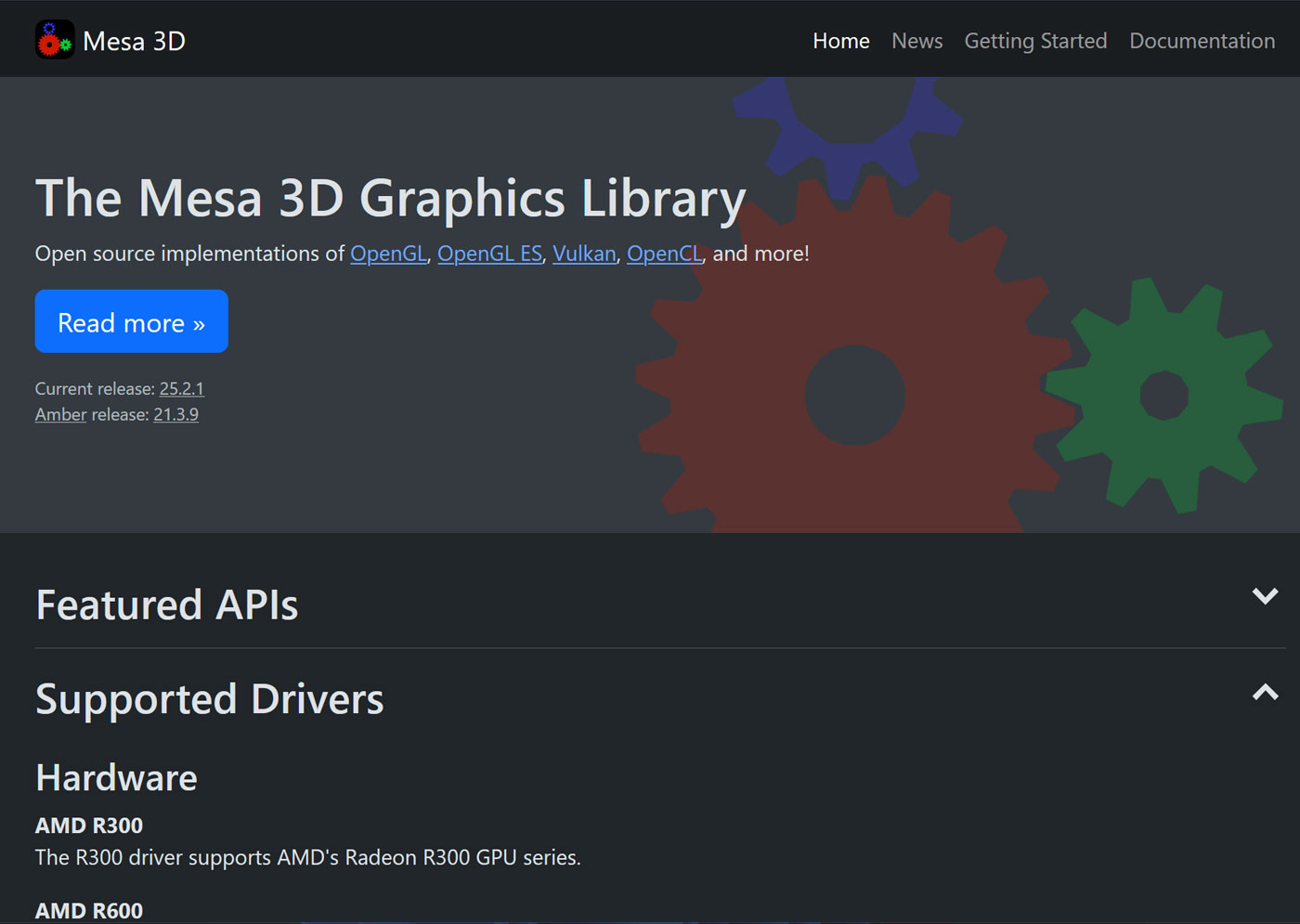20-year-old ATI Radeon GPUs are still getting driver updates and extensions — old ATI Radeon R300 GPUs receive Linux updates from the community
By contrast, the last official Windows driver to support R300-R500 GPUs was released in 2009.

Providing another fine example of the depth of support for older hardware on Linux, driver extensions have just been released to deliver functional improvements for owners of old ATI Radeon R300 GPUs. Linux-centric site Phoronix notes that the new OpenGL Extensions from the open-source community will also deliver benefits to X700 / X800, R400, and X1000 R500 series graphics cards.
Let’s talk about the depth of support on offer here. Old ATI X300 series GPUs first walked the Earth in 2002 AD. They were the backbone of the Radeon 9000 series graphics cards, starting with the game-changing Radeon 9700 PRO, which spearheaded the latest DirectX 9 and AGP 8X performance technologies on the desktop. For a major episode of nostalgia, flick through our 29-page review of this Red Team challenger that “proved to be superior in all possible categories.”

It’s pretty heartwarming that these veteran slivers of silicon are still carefully tended for by the Linux community. According to our searches, mainline Windows support for R300 GPUs ended with the Catalyst 9.3 unified driver in March 2009. When AMD released Catalyst 9.4 the following month, nothing older than the Radeon HD 2000 series (R600 GPU family), which debuted in mid-2007, was supported.
So, what’s new with the Linux driver? As part of the upcoming release of Mesa 25.3, the R300 Gallium3D driver will now support two memory-related OpenGL extensions that weren’t implemented prior to this week.

Specifically, independent open-source developer, Brais Solla, has worked to mainline the OpenGL GL_ATI_meminfo and GL_NVX_gpu_memory_info extensions into the Mesa Git. In the words of the developer, this merge request is for an extension which “allows OpenGL programs like glxinfo to query how much VRAM is available to use on both the GPU memory and GTT, as well as the total amount of memory.” Remember, keeping track of VRAM is all the more important on ancient GPUs with access to as little as 64MB of the precious stuff.
Expect this driver extension to be part of the Mesa 25.3 release in the coming quarter.
Follow Tom's Hardware on Google News, or add us as a preferred source, to get our up-to-date news, analysis, and reviews in your feeds. Make sure to click the Follow button!
Get Tom's Hardware's best news and in-depth reviews, straight to your inbox.

Mark Tyson is a news editor at Tom's Hardware. He enjoys covering the full breadth of PC tech; from business and semiconductor design to products approaching the edge of reason.